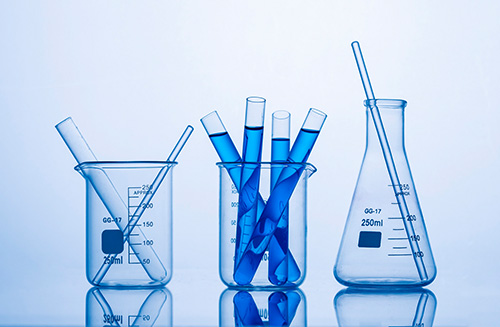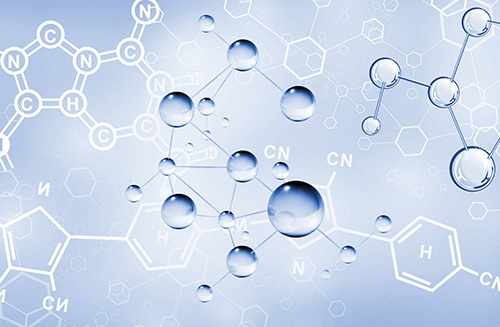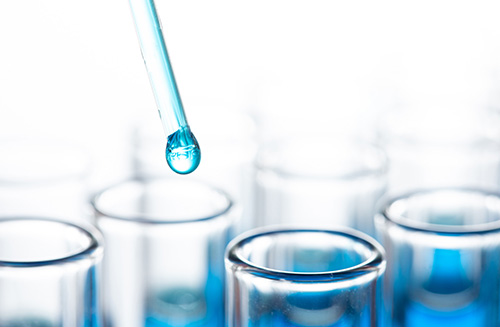
Applications
The research and application of mineral oils, amides, lower alcohols, fatty acids and fatty acid esters, phosphate esters and other organic defoamers are earlier. They belong to the first generation of defoamers and have the advantages of easy availability of raw materials and low production costs. ; Disadvantages are low defoaming efficiency and harsh use conditions.
"Polyether defoamer" is the second-generation defoamer, which mainly includes linear polyether, polyether with alcohol or ammonia as the initiator, and end group esterified polyether derivative. The advantage of polyether defoamers is that they have strong anti-foaming ability. In addition, some polyether defoamers have excellent properties such as high temperature resistance, strong acid and strong alkali resistance; the disadvantage is that the use conditions are limited by temperature and the application field is narrow. , Poor defoaming ability, low foam breaking rate, etc.
Silicone defoamers (third-generation defoamers) have the advantages of strong defoaming performance, rapid foam breaking ability, low volatility, no physiological inertness to the environment, and wide application range, so they have broad application prospects And huge market potential, but poor foam suppression performance.
Polyether modified polysiloxane defoamer has the advantages of polyether defoamer and silicone defoamer at the same time, which is the development direction of defoamer. Sometimes it can be reused according to its inverse solubility, but there are fewer types of such defoamers, they are still in the research and development stage, and the production cost is high.
- No previous article
-
 The physical and chemical properties of an ideal defoamer muraed moreHow to choose the right defoamer
The physical and chemical properties of an ideal defoamer muraed moreHow to choose the right defoamer -
 Soft finishing is an important finishing process in printingraed moreThe role of softener
Soft finishing is an important finishing process in printingraed moreThe role of softener -
 The application range of silicone oil is very common. It israed moreWhat are the application areas of silicone oil
The application range of silicone oil is very common. It israed moreWhat are the application areas of silicone oil
